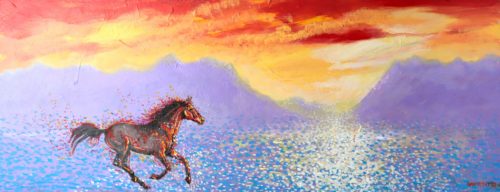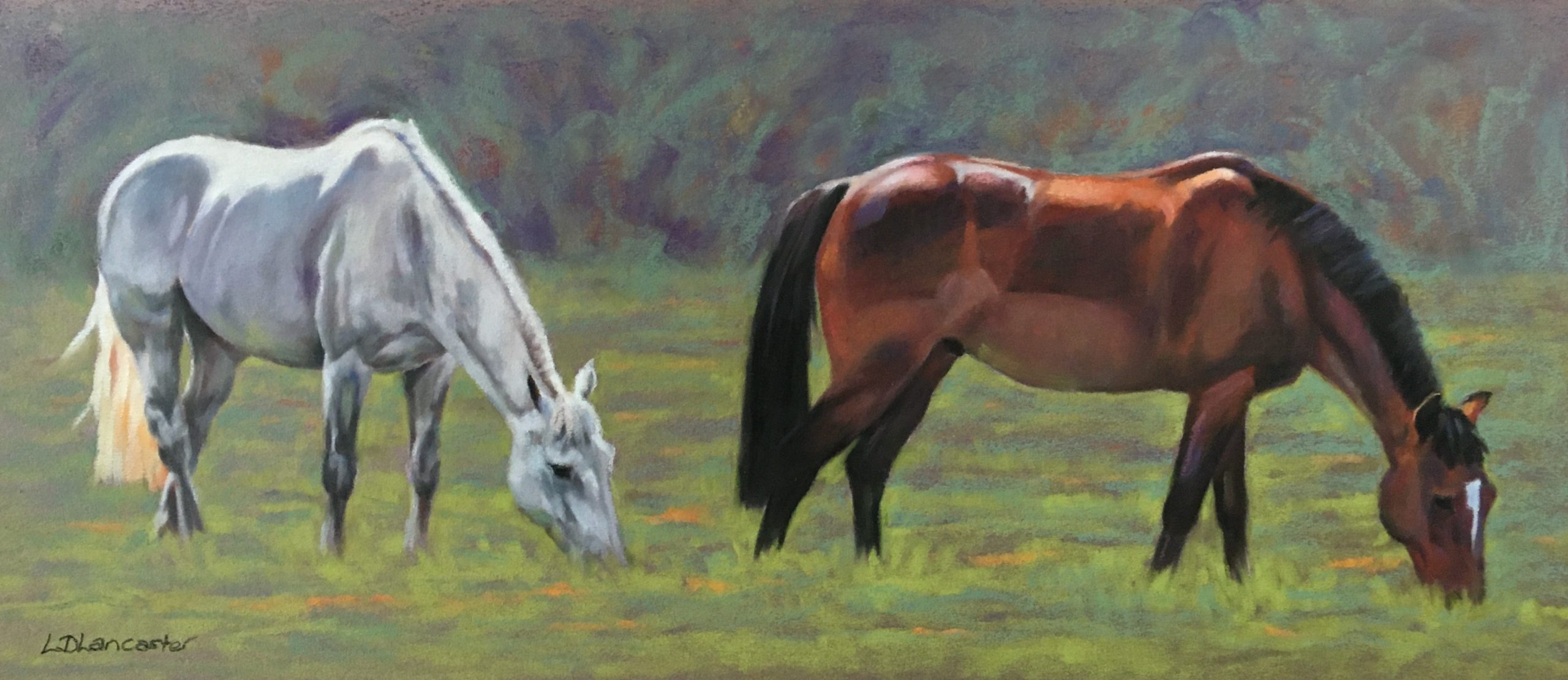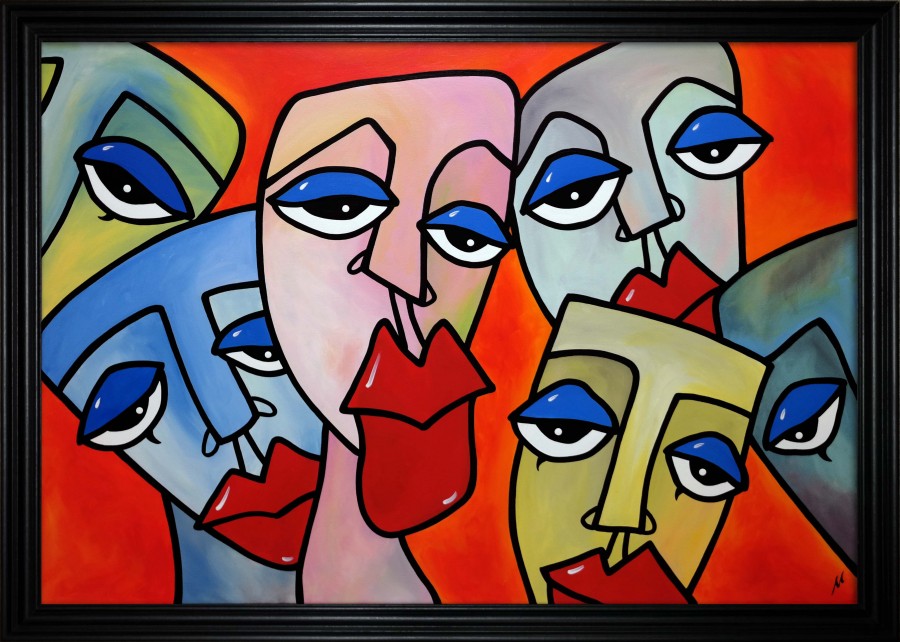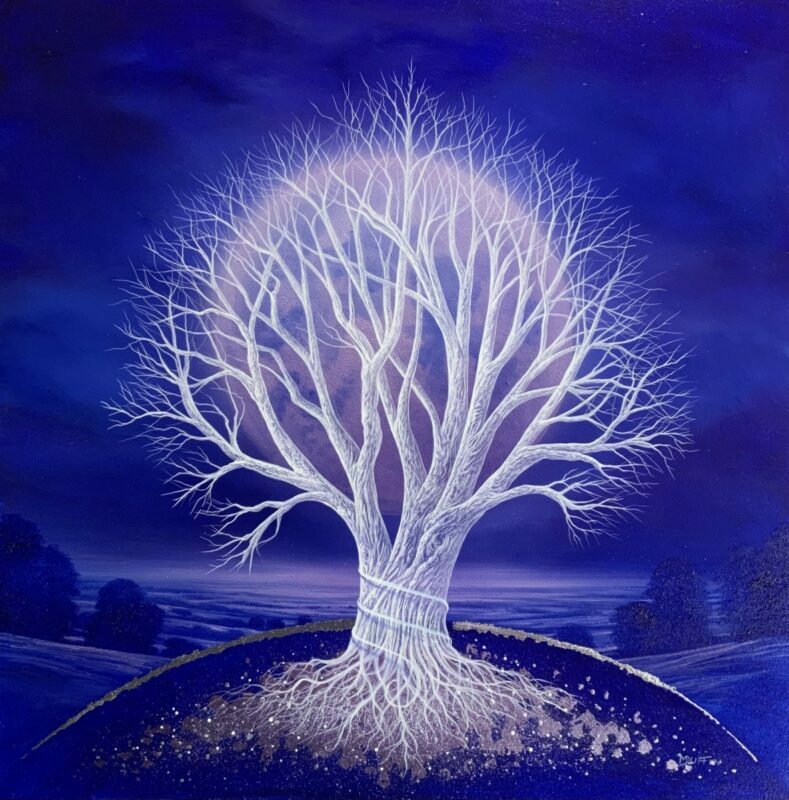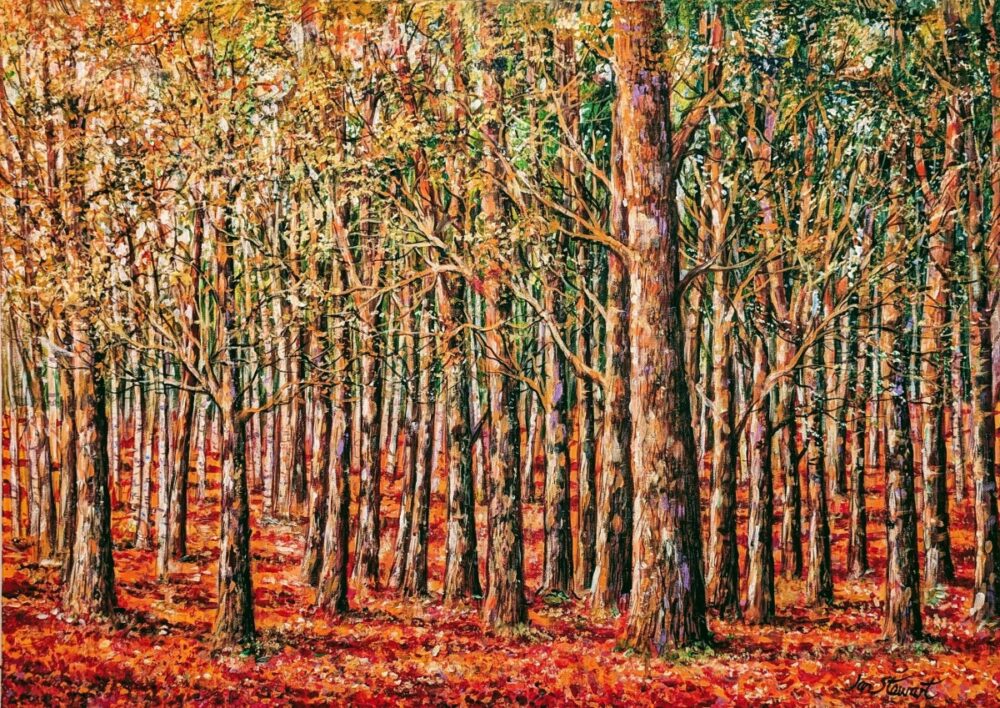Horses are, without question, majestic creatures, and for this reason, they have been the subject of many pieces of artwork for centuries. Whether it’s the noble workhorse or the speedy racehorse, these paintings have always made viewers take a step back to admire their sheer beauty.
Equestrian art has certainly been around for much longer than today’s racehorses. Over time the genre has grown and changed to remain relevant to the audience.
Early Equestrian Art
In the sixteenth century, noblemen and monarchs would commission portraits of their noble steeds. In paintings, they were often used to portray a sense of importance and social stature. In early images, there were three common poses that horses would be painted in: Standing Still, trotting slowly or balanced on their hind legs.
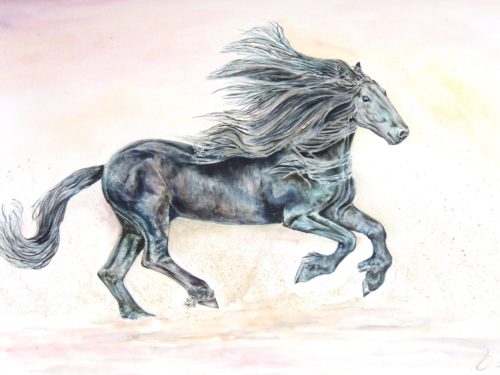
Evolution of Equestrian Art
With the introduction of photography, the traditional style of equestrian art was pushed as these images could accurately show how the horse galloped. In early pieces, a horse’s movement was often painted with the front legs extended at the front and the rear legs extending backward, which is not a realistic representation of how a horse naturally moves. However, the developments in photography meant that artists could now draw horses more realistically in movement after studying photography.
When horse racing was introduced and grew in popularity during the nineteenth century, they were the inspiration for many impressionists artists.
French impressionist artist Edgar Degas referenced Muybridge’s photographs of the horse in motion. Studying them for his later work. In many of his paintings, he aimed to capture the build-up to the race start.
Sir Alfred Munnings traveled to England in the early 1900s, taking commissions from wealthy society figures with prized horses. His impressionist style proved popular, and he was known for his attention to detail and realistic work.
Another British equestrian painter George Stubbs is considered to be the first sporting artist. In the late 18th century, he examined the anatomy of horses, spending eighteen months dissecting equine horse carcasses. His detailed anatomical drawings aided other artists.
Equestrian Art is as popular today as it was in the past. With many modern equestrian artists bringing their own unique twist to the genre. In the Art2Art range, you will find equestrian pieces from contemporary equestrian artists Lorna Lancaster, Elizabeth Sadler and Rakhmet Redzhepov amongst others. Please take a look if you are looking to expand your collection with a statement piece of equestrian art.
